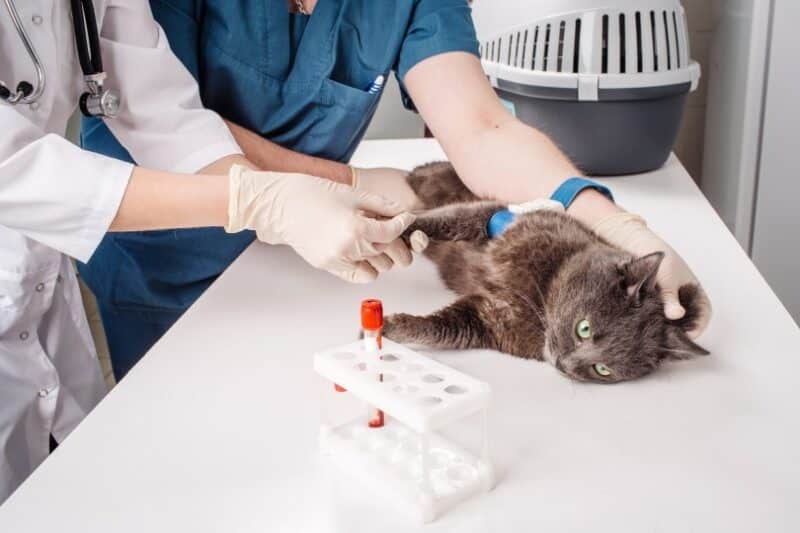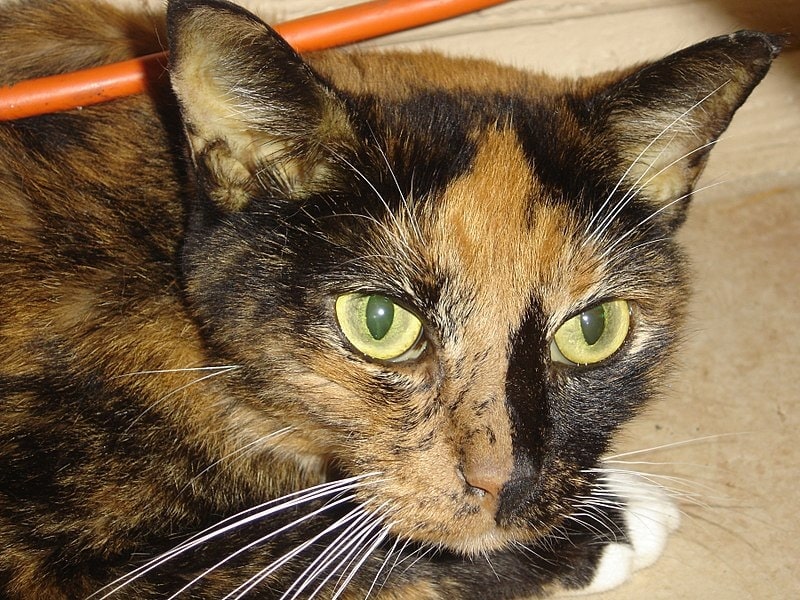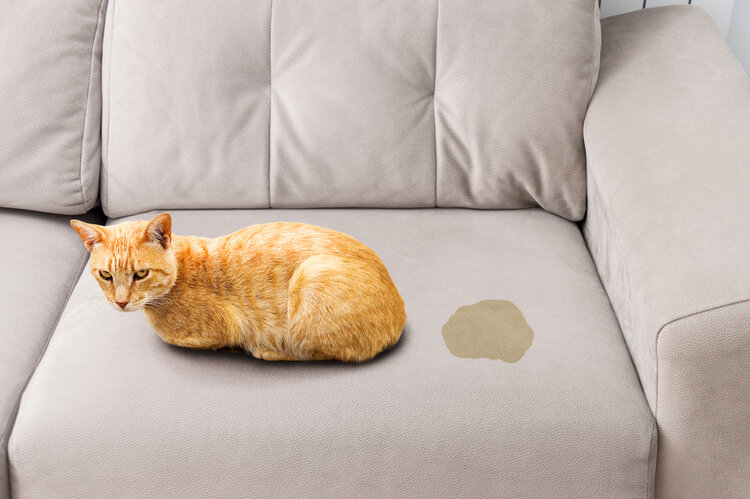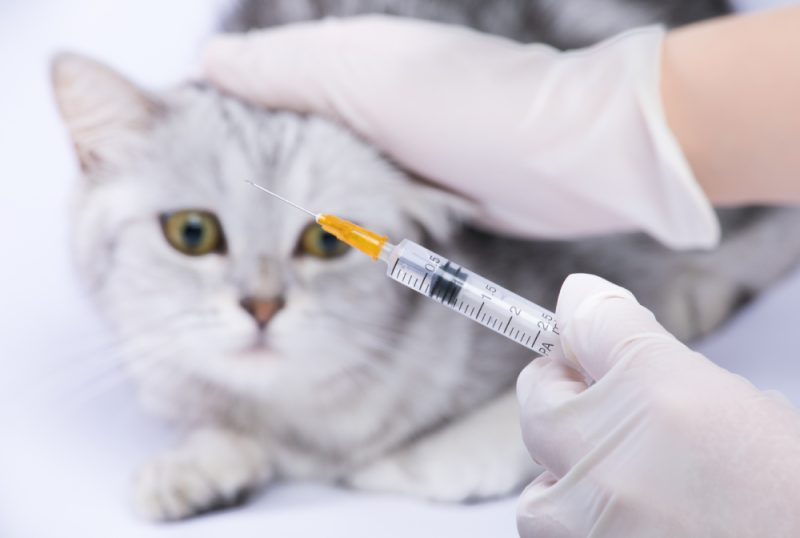Cats are an integral part of our lives. If we don’t own one ourselves, we might know somebody who does. We see cats on television shows and movies, and we even think of cats during Halloween and when certain superstitions come to mind. So, it makes sense that we want to learn all that there is to know about cats.
This might be why cat DNA tests are becoming so popular. You can order your cat their own DNA test, just like you could for a dog or even yourself. So, how accurate are cat DNA tests? The short answer is that they’re quite accurate but not as advanced as human or dog DNA tests. Plus, there are factors that make it tough to get certain information from a DNA test. Here is everything that you need to know about how cat DNA tests work and their accuracy.

How Cat DNA Tests Work
The process for cat DNA tests is similar to that of home DNA tests for humans; you can order your cat a test and have it delivered to your front door. Instead of having to get your cat to spit in a test tube, though, you simply rub the inside of your cat’s cheek with the included swab. You then seal the swab in an included container and mail it back to the DNA company.
It is easiest to get a swab of your cat’s saliva when the environment is calm and quiet, and your kitty is comfortable. Patience is key because you may not get the sample that you need on the first or even second try. Of course, all test brands differ slightly, so it is important to read the directions on the packaging to ensure that you perform the test correctly.
When the DNA company receives your cat’s test sample, they will extract the DNA and run it through a computer algorithm connected to their DNA database. After the results are gathered, they will be sent back to you, which can take anywhere from 2 to 6 weeks, depending on which DNA company you happen to be working with.

What Can Be Learned From Cat DNA Tests
Unfortunately, cat DNA tests cannot provide the same amount of information that dog and human DNA tests can. Scientists don’t have nearly as much information about the ancestry and genetics of cats as those of dogs and humans. Therefore, you may not be able to find out exactly what breed or breeds your cat is, but you can learn about parts of your kitty’s genome and what parts of your cat’s genes are similar to known and documented cat breeds.
It may be possible to identify specific breeds that your cat is made up of, but it is more likely that you will gain a broad idea of the types of breeds that your cat could be associated with. A cat DNA test can also give you insight into any genetic and health predispositions that your cat may have, which can help you prevent, identify, and manage future health ailments. The ability to predict diagnoses well before they happen is the biggest appeal of DNA tests. DNA tests may also be able to provide information about certain allergies or sensitivities.
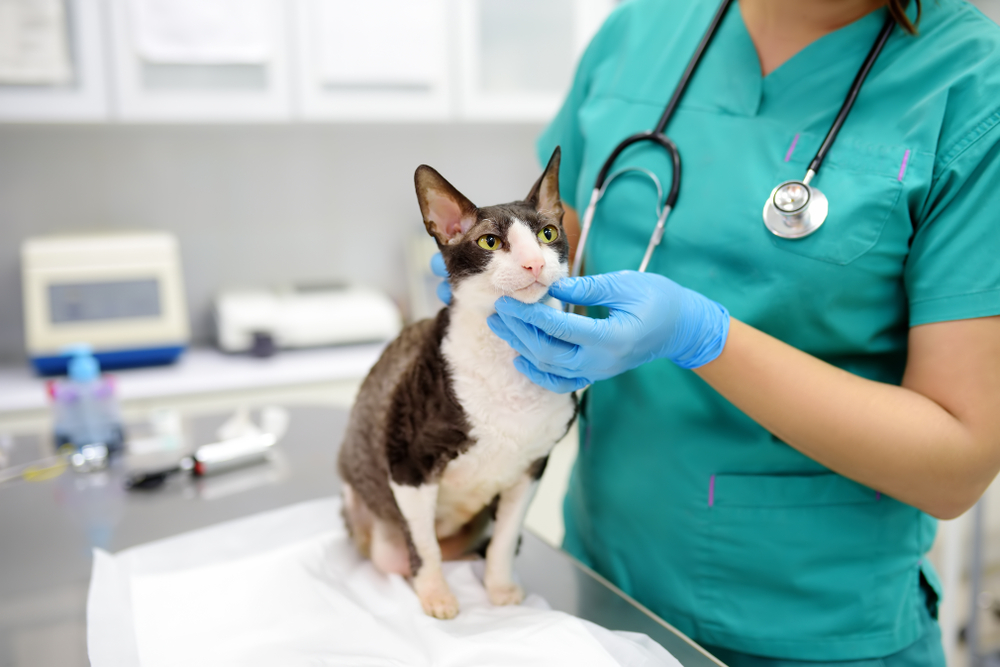
The Accuracy of Cat DNA Tests
Cat DNA tests are accurate for what they are expected to do. However, when it comes to identifying the exact breed or breeds that your cat is made up of, the answers can be a little murky. So, while you can probably trust your cat’s DNA test to provide you with information about their genetic markers and health predispositions, you should not rely on learning specifics about their breed. If you’re lucky, you will learn about the breeds that make up the genetics of your cat, but since data is so limited, your cat’s breed or breeds might not be documented in the DNA company’s database.

Final Thoughts
Administering a DNA test to your cat can tell you about the health problems that they may face in the future. It can also tell you about any genetic strengths and weaknesses that could help you better care for your furry feline member. There are a few different cat DNA companies out there to choose from, so it’s a good idea to do comparison shopping before deciding from which company to order your cat’s DNA test.
Featured Image Credit: PRESSLAB, Shutterstock
